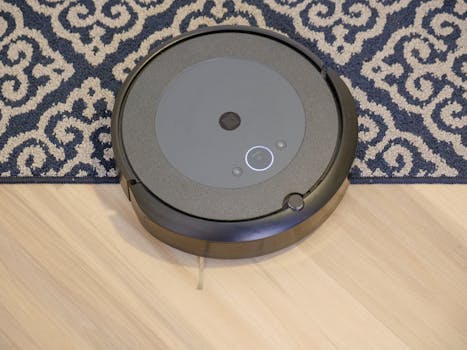
Smart Homes and Smart Living: The Technological Transformation of European Homes by 2025
Introduction to Smart Homes and Smart Living
Smart Homes and Smart Living is the focus keyword for this article, as it represents the future of European homes. The concept of smart homes and smart living has been gaining momentum in recent years, and it’s expected to revolutionize the way we live, work, and interact with our living spaces. With the integration of technology, European homes are becoming more efficient, sustainable, and convenient.
The Benefits of Smart Homes
The benefits of smart homes are numerous, and they can be categorized into several areas, including energy efficiency, security, convenience, and healthcare. Smart homes can help reduce energy consumption, lower utility bills, and minimize waste. They can also provide advanced security features, such as motion detectors, surveillance cameras, and smart door locks. Additionally, smart homes can offer convenience features, like voice-controlled assistants, automated lighting, and temperature control.
The Technological Transformation of European Homes
The technological transformation of European homes is being driven by several factors, including the Internet of Things (IoT), artificial intelligence (AI), and the adoption of smart devices. The IoT refers to the network of physical devices, vehicles, home appliances, and other items that are embedded with sensors, software, and connectivity, allowing them to collect and exchange data. AI is being used to analyze this data, learn patterns, and make decisions, making smart homes more intelligent and autonomous.
Smart Home Devices and Technologies
There are several smart home devices and technologies that are transforming European homes, including smart thermostats, smart lighting, smart security cameras, and smart speakers. These devices can be controlled remotely, using smartphones or voice-controlled assistants, and they can be integrated with other smart devices to create a seamless and automated living experience.
Case Studies: Smart Homes in Europe
Several European countries are already embracing the concept of smart homes, and there are many case studies that demonstrate the benefits and potential of smart living. For example, in the UK, the city of Milton Keynes has launched a smart home initiative, which aims to create a network of smart homes that can share energy, reduce waste, and improve the quality of life for residents. Similarly, in Germany, the city of Hamburg has launched a smart city initiative, which includes the development of smart homes, smart transportation, and smart energy management systems.
Conclusion and Future Outlook
In conclusion, the technological transformation of European homes is underway, and it’s expected to have a significant impact on the way we live, work, and interact with our living spaces. By 2025, European homes are expected to be equipped with cutting-edge technology, making life easier, more convenient, and sustainable. As the demand for smart homes and smart living continues to grow, we can expect to see more innovative solutions, new business models, and increased investment in the smart home industry.




